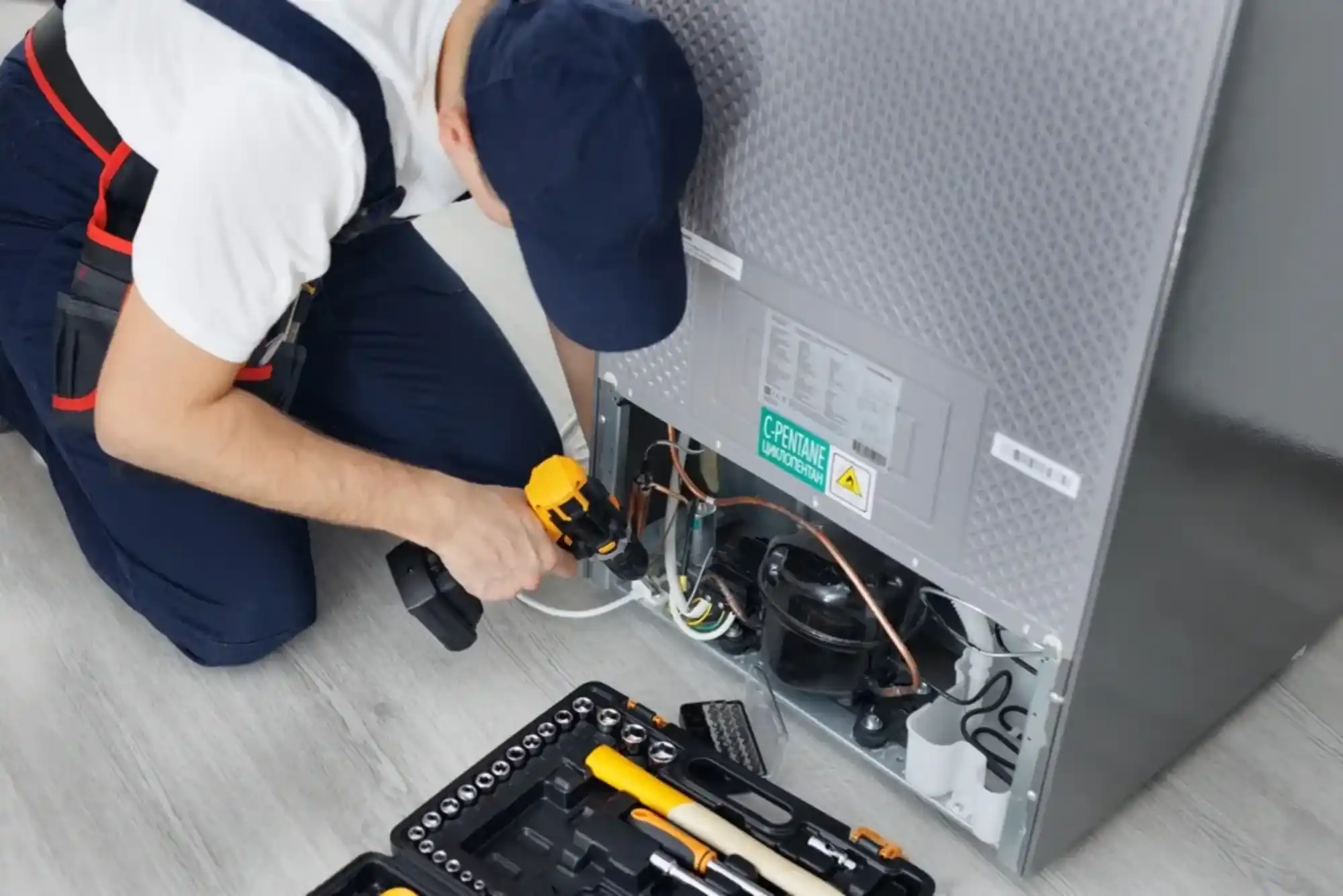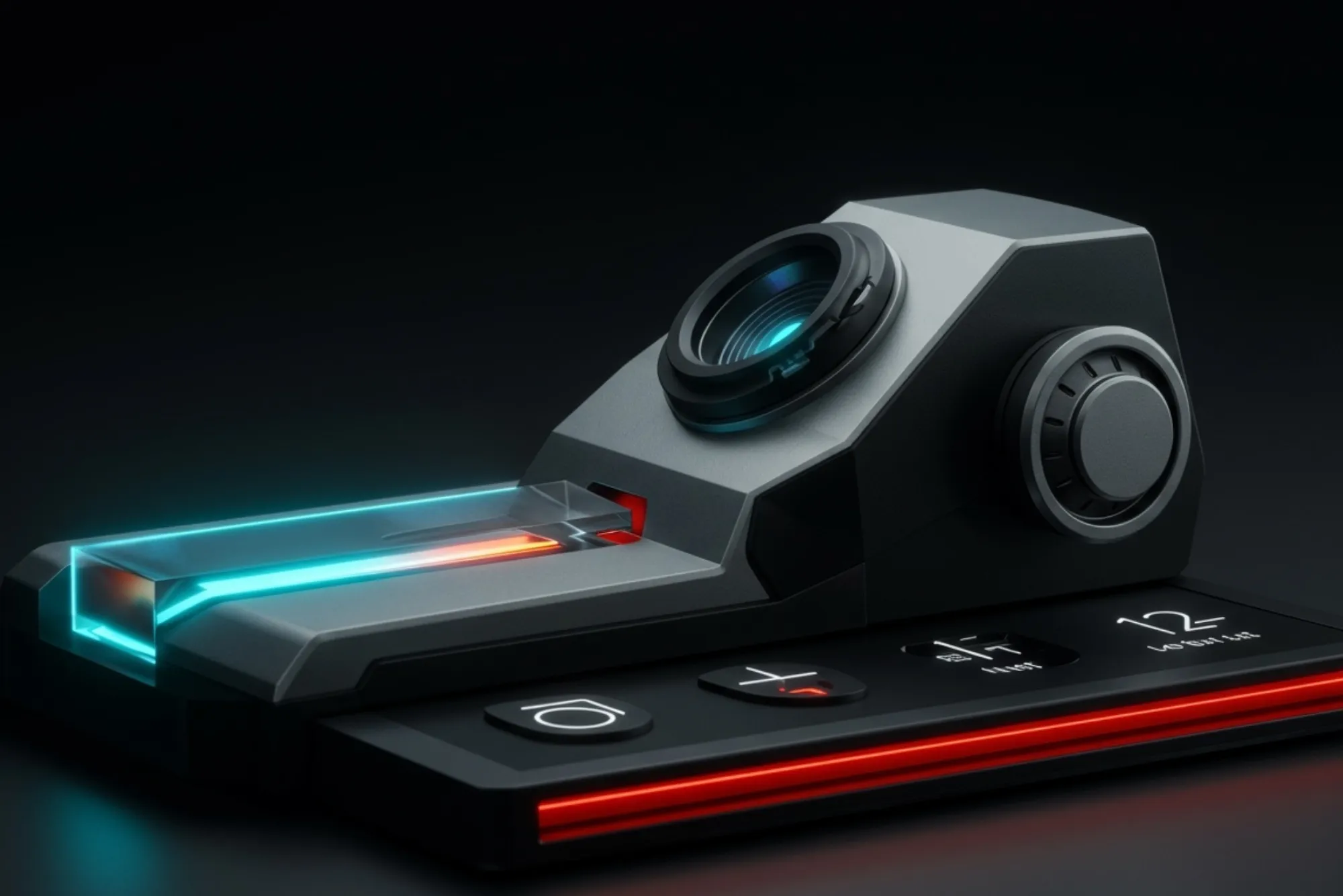One of the most common challenges for prospectors and hobbyists working in rocky terrains is dealing with false signals. Rocks with high mineral content often confuse detectors, producing misleading tones that can waste time and energy. As detector technology has advanced, manufacturers have focused on solving this exact problem, giving rise to more reliable and accurate machines. But how effective are these innovations really, and do advanced detectors truly reduce false signals in challenging landscapes?
Why Rocky Terrains Are Tricky for Detection
Rocky terrains, especially those rich in iron oxides or magnetite, naturally interfere with detection signals. Traditional detectors often misinterpret these mineralized rocks as metal, leading to endless digging for nothing. This can be frustrating for beginners and even seasoned prospectors, as time spent chasing false targets reduces efficiency in the field.
Advanced detectors now use ground balance features, digital signal processing, and multiple frequency technologies to minimize interference from such rocks. This allows them to filter out “noise” caused by the ground itself and focus on actual metal signals.
The Role of Modern Gold Detectors
One area where advancements are most evident is in gold detectors. Since gold prospecting often takes place in mineral-rich environments, manufacturers have developed detectors specifically tailored to handle ground mineralization. Features like automatic ground balancing, pulse induction technology, and fine-tuned sensitivity adjustments give these machines a clear edge in rocky conditions.
From my own observations and discussions with fellow enthusiasts, detectors equipped with advanced features significantly reduce wasted effort. While no machine can guarantee zero false signals, the difference between older models and the latest gold-focused detectors is night and day.
Pulse Induction vs VLF in Rocky Environments
Two common technologies dominate the detector world: Very Low Frequency (VLF) and Pulse Induction (PI). In rocky terrains, PI detectors often perform better because they are less affected by mineralization. They can ignore ground signals that confuse VLF models, allowing prospectors to detect deeper targets with more accuracy.
However, PI detectors can be heavier and more expensive, which means they are usually favored by professionals. For hobbyists, modern VLF detectors with advanced ground balancing can still perform admirably, especially when set correctly for local soil conditions.
Practical Experiences in the Field
Many seasoned prospectors will tell you that while technology helps, technique matters just as much. Knowing how to fine-tune your detector, adjust sensitivity, and sweep at the right pace all contribute to reducing false signals. I’ve personally seen cases where beginners with the latest machines struggled in rocky areas simply because they relied on default settings rather than learning how to optimize them.
On the other hand, experienced users with mid-range detectors often outperform newcomers because they understand how to “read” the ground. This highlights that while advanced detectors do reduce false signals, user knowledge and patience remain equally important.
The Future of Detection Technology
Looking ahead, I believe we’ll see even smarter detectors that use artificial intelligence and advanced algorithms to better distinguish between genuine targets and mineralized rocks. Some companies are already experimenting with detectors that can visually map underground signals, giving users a clearer picture of what lies beneath before digging.
As technology continues to evolve, rocky terrains will become less of an obstacle. Machines will not only reduce false signals but also provide users with real-time analysis, making gold hunting and treasure searching far more efficient.
Final Thoughts
So, do advanced detectors reduce false signals in rocky terrains? Absolutely, but with important caveats. They are far more reliable than older models, especially when equipped with pulse induction technology or sophisticated ground balance systems. However, no machine can eliminate false signals entirely. The best results come from a combination of advanced technology and skilled operation.
For anyone serious about gold prospecting or metal detecting in mineral-rich areas, investing in a quality detector designed for rocky terrains is a game-changer. While the terrain will always pose challenges, advanced detectors make the experience less frustrating and far more rewarding.











